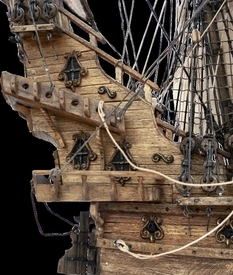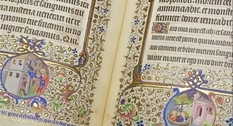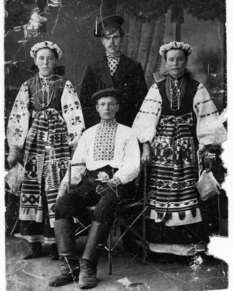
"Theft of the Century": the abduction of the mysterious masterpiece of Leonardo da Vinci
On August 21, 1911, a 30-year-old Vincenzo Perugia, a museum worker, kidnapped Mona Lisa to return to his homeland - Italy. Theft was discovered in two years.
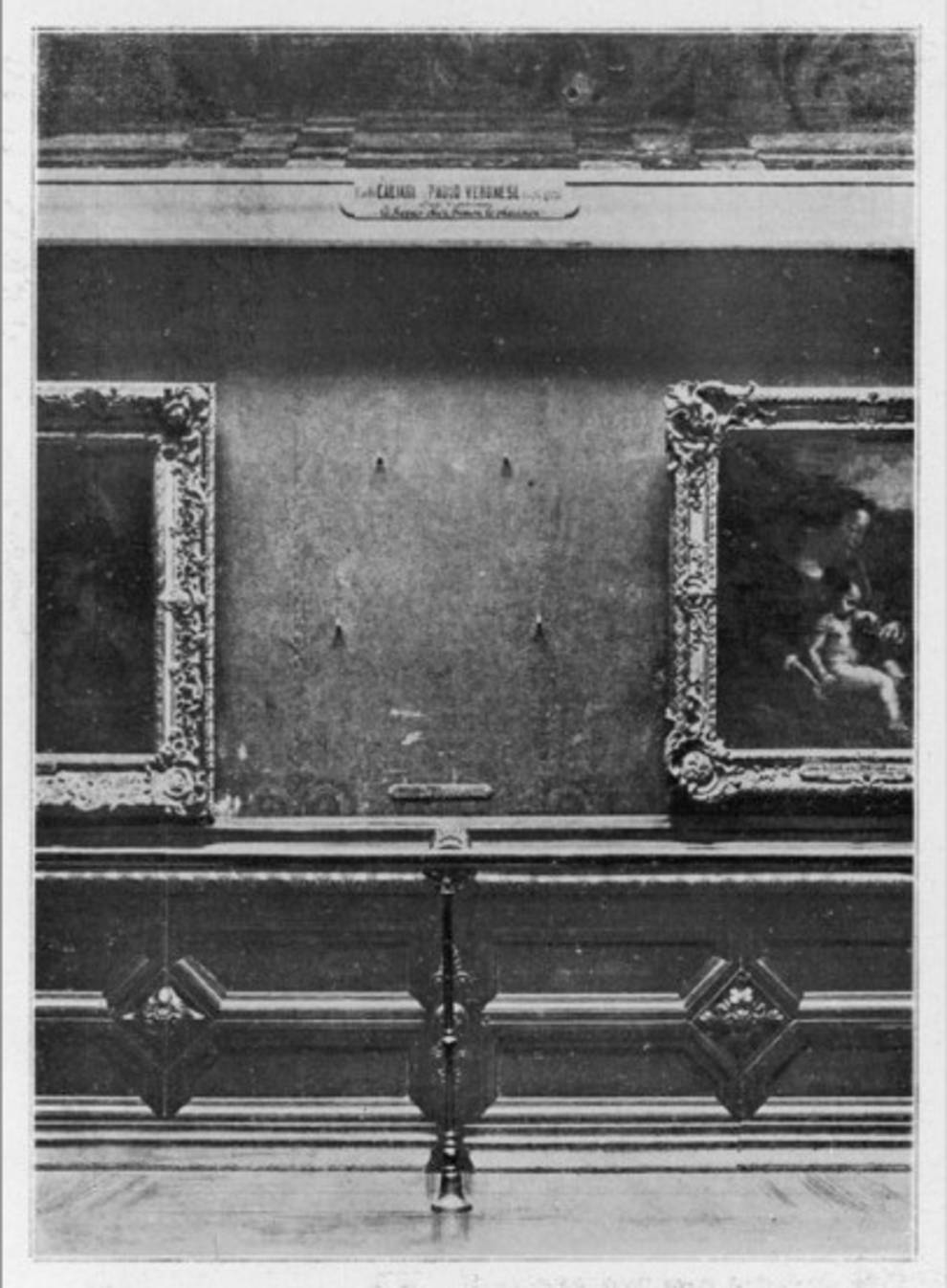
After the death of Leonardo da Vinci, the picture was acquired by the French King Francis I, and from 1793 it was shown in the Louvre. That day at 7 am Vincenzo Perugia came to the museum and, together with other workers, went into the building. In the empty hall where the "Gioconda" hung, he removed it from the mount, hid it in a carpenter's table and in the evening took it out of the Louvre.
The absence of the picture was discovered the next day. The only clue was a fingerprint on a glass frame that belonged to Perugia. But the suspicion did not fall on him, since he himself installed the same frame.
The gendarmes carefully searched the entire territory of the museum, interrogated the employees, their relatives and friends. They searched the trains, closed the stations and ports. Grab all suspicious Parisian artists and foreigners.
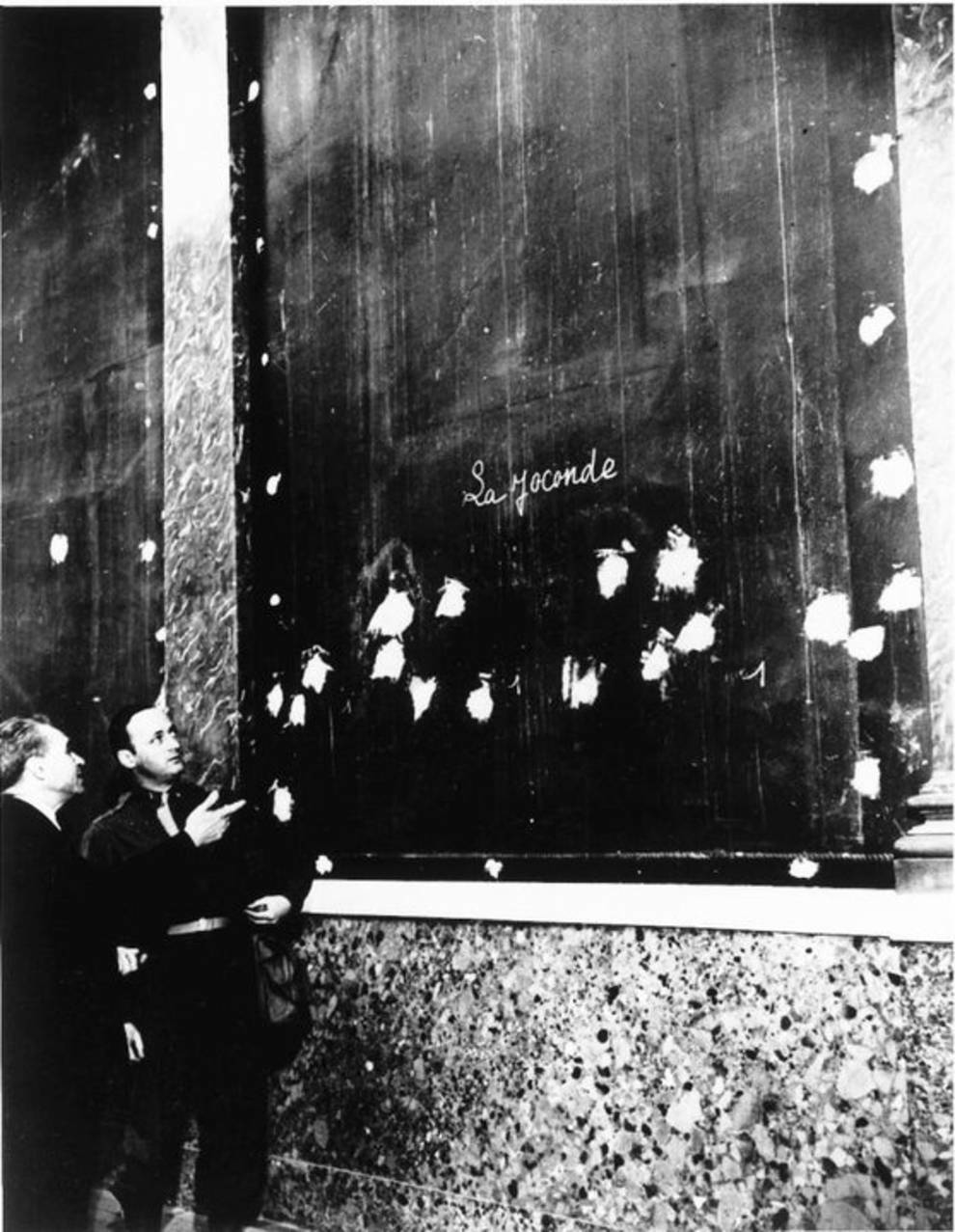
"Gioconda" was looking for two years. All this time, in the Louvre, her reproduction in the funeral frame hung. People in droves went to the museum, only to look at the place where they stole the masterpiece of Leonardo da Vinci.
On December 13, 1913, the Florentine antiquarian Alfredo Gehry received a letter from Paris: "I am Italian, a patriot of my homeland.I took it to the Louvre" Gioconda "two years ago. I wanted to return to Italy the treasure of Leonardo, stolen when the French."

The abductor called himself Vincenzo Leonardi and invited the antiquarian to come to the French capital and buy from him a painting for half a million francs. Jerry decided that this is a fraudster who wants to sell him a copy. And yet I consulted with Giovanni Poggi, the director of the Florentine Uffizi Gallery.
Having met with Vincenzo Perugia in the Florentine hotel, he was convinced that before them the original of the "Gioconda". At the trial, Perugia declared that he acted exclusively for patriotic reasons and was sentenced to 380 days in jail. The picture was returned to the Louvre.

Photo © gazeta.ua
After the death of Leonardo da Vinci, the picture was acquired by the French King Francis I, and from 1793 it was shown in the Louvre. That day at 7 am Vincenzo Perugia came to the museum and, together with other workers, went into the building. In the empty hall where the "Gioconda" hung, he removed it from the mount, hid it in a carpenter's table and in the evening took it out of the Louvre.
The absence of the picture was discovered the next day. The only clue was a fingerprint on a glass frame that belonged to Perugia. But the suspicion did not fall on him, since he himself installed the same frame.
The gendarmes carefully searched the entire territory of the museum, interrogated the employees, their relatives and friends. They searched the trains, closed the stations and ports. Grab all suspicious Parisian artists and foreigners.

Photo © gazeta.ua
"Gioconda" was looking for two years. All this time, in the Louvre, her reproduction in the funeral frame hung. People in droves went to the museum, only to look at the place where they stole the masterpiece of Leonardo da Vinci.
On December 13, 1913, the Florentine antiquarian Alfredo Gehry received a letter from Paris: "I am Italian, a patriot of my homeland.I took it to the Louvre" Gioconda "two years ago. I wanted to return to Italy the treasure of Leonardo, stolen when the French."

Photo © gazeta.ua
The abductor called himself Vincenzo Leonardi and invited the antiquarian to come to the French capital and buy from him a painting for half a million francs. Jerry decided that this is a fraudster who wants to sell him a copy. And yet I consulted with Giovanni Poggi, the director of the Florentine Uffizi Gallery.
Having met with Vincenzo Perugia in the Florentine hotel, he was convinced that before them the original of the "Gioconda". At the trial, Perugia declared that he acted exclusively for patriotic reasons and was sentenced to 380 days in jail. The picture was returned to the Louvre.
